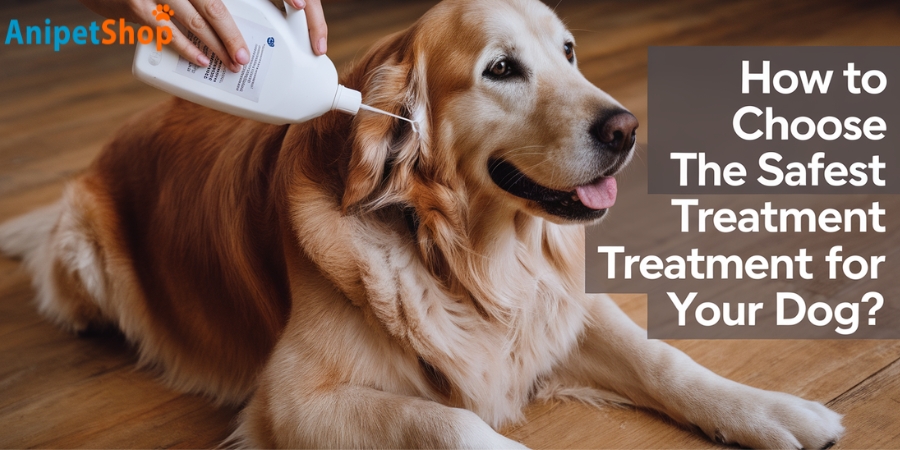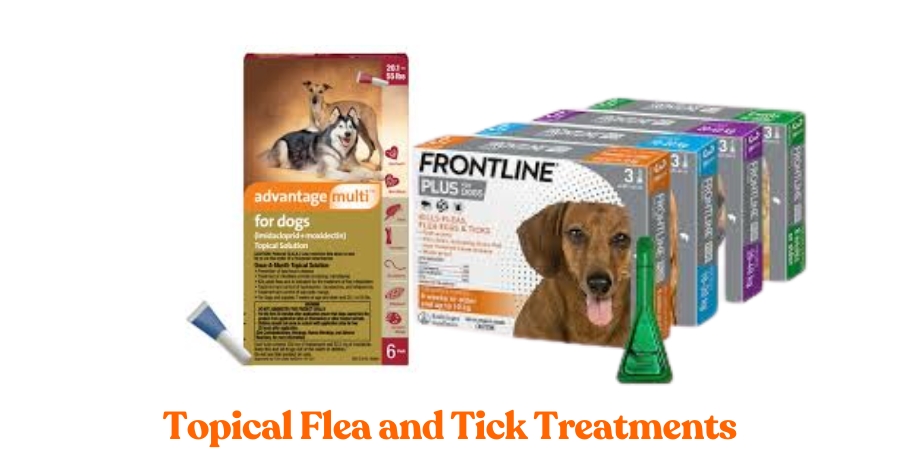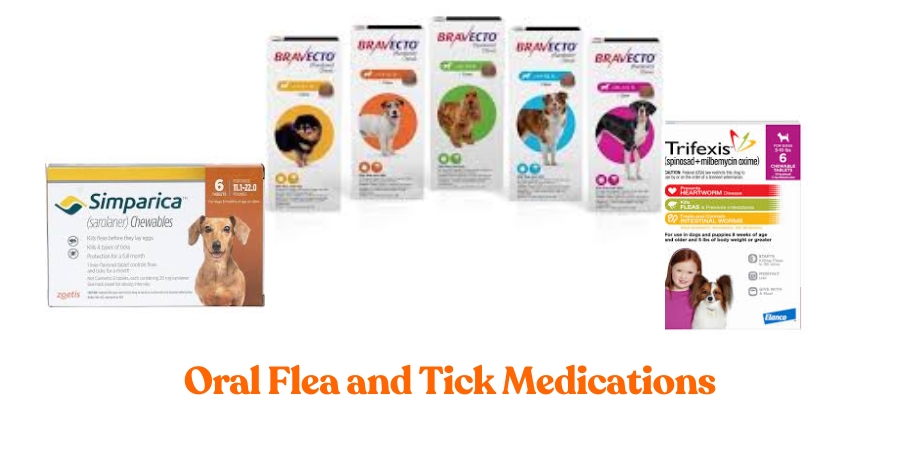How to Choose the Safest Flea Treatment for Your Dog?
Choosing the safest flea treatment for your dog is crucial because it directly impacts your pet’s health and comfort, as well as the safety of your household. This article will provide valuable insights into selecting the right treatment by considering your dog’s age, breed, and health history. Puppies require special attention due to their age, and it’s important to be aware of any breed-specific reactions. Additionally, understanding how your environment, including children and other pets, plays a role in flea treatment is vital. By reading this article, you’ll learn how to balance topical and oral medications while adhering to safety guidelines and consulting with a veterinarian. This will enhance your understanding and ensure the well-being of your furry friend.
Key Takeaways:
- Consult a veterinarian to customize flea treatment based on your dog’s specific age, breed, and health history for the safest option.
- Opt for products offering broad-spectrum efficacy to protect your dog against multiple parasites, ensuring comprehensive safety.
- Proper application of flea collars or topical treatments is crucial for their effectiveness and safety.
- Consider oral medications as an easy-to-administer internal defense against fleas and ticks.
- Assess the safety of chosen treatments, especially in households with children and other pets, to ensure a safe environment for all.

Considering chemicals
When it comes to choosing flea and tick treatments, the safety of your pet and household should be the top priority. Consult with your vet to develop a tailored plan for your pet, and keep these guidelines in mind when looking for safer products:
- Consider Oral Flea-Prevention Options: Pills containing active ingredients like lufenuron, nitenpyram, or spinosad can offer effective flea prevention without leaving residue on your pet’s fur that could transfer to your hands, furniture, or other surfaces. However, these oral medications often require a prescription and may be more expensive than topical treatments, making them a less practical option for all pet owners.
- Identify Low-Toxicity Ingredients: If topical products are needed, look for active ingredients such as s-methoprene or pyriproxyfen, which are generally less harmful. Be cautious, though; some products combine these ingredients with other pesticides that may be more dangerous. Avoid options that contain synthetic neonicotinoids, like imidacloprid and dinotefuran, which are harmful to bees and may pose risks to young children’s development.
- Approach Flea Collars with Caution: Some flea collars contain potentially hazardous insecticides, including tetrachlorvinphos, carbaryl, and propoxur. Many of these high-risk collars are being phased out, but until they’re off the market completely, check labels closely or consider avoiding flea collars altogether.
- Use Tick Products Selectively: For tick prevention, be mindful of products with chemicals such as fipronil, permethrin, pyrethrins, and imidacloprid, as these can act as nervous system toxins and possible carcinogens. In areas where ticks and Lyme disease are common, protection may be necessary, but work with your vet to determine the safest, most minimal usage.
- Choose Species-Specific Products: Ingredients like permethrin and pyrethrins, commonly found in flea and tick products, are highly toxic to cats and should not be used on cats or on dogs in households with cats that may come into contact with the treated pet.
- Ensure Correct Dosing by Pet Weight: Smaller dogs (10-20 pounds) have been shown to experience higher rates of adverse reactions—such as rashes, vomiting, and seizures—from certain topical treatments. Older, younger, and immunocompromised pets may also be at greater risk. Work with your vet to choose a formula appropriate for your pet’s size and health condition.
- Use Shampoos as Part of a Larger Treatment Plan: Flea and tick shampoos may seem appealing, but many contain the same ingredients as topical products and can cause similar reactions. Shampoos are typically best used to treat an infestation initially and should be followed by other preventative measures. Always read labels carefully and exercise the same caution as you would with spot-on treatments or collars.
- Report Any Adverse Reactions: If you or your pet experiences any health issues after using a flea or tick treatment, reach out to your vet, contact a local poison control center, or seek immediate medical assistance.
These precautions can help you make informed decisions and provide the best possible care while reducing the risks associated with flea and tick control products. At Anipetshop, we prioritize safe, effective solutions to keep your pets healthy and comfortable.
Types of Safe Flea Treatments for Dogs
There are several safe options for flea treatments, including flea collars, topical treatments, and oral medications. Consulting with your veterinarian will help determine the best treatment for your dog’s unique needs.
Flea and Tick Collars
Flea collars, such as the Seresto® collar, are popular for long-lasting flea and tick control. These collars use active ingredients like flumethrin and imidacloprid, which effectively kill fleas at various life stages and also target ticks. One of the major benefits of flea collars is their extended protection, lasting up to eight months, offering a convenient alternative to monthly treatments. However, effectiveness depends on proper application, ensuring the collar fits snugly around your dog’s neck without being too tight.
While newer flea collars are much more reliable than older versions, there are still important considerations, especially in households with small children. Flea collars release small amounts of chemicals into the dog’s environment and on their coat, which may pose a risk if children handle the collar or the attached reflector clips. Therefore, extra caution should be taken to prevent young children from playing with the collar.
Some dogs may experience local skin reactions to the collar, which typically resolve when the collar is removed. To ensure safety, always consult your veterinarian before using any flea and tick product, including flea collars like Seresto®.

Topical Flea and Tick Treatments
Topical treatments (also known as spot-on treatments) are popular for providing broad-spectrum protection against fleas, ticks, and other parasites. These treatments are applied directly to your dog’s skin and are generally effective when used as directed. For example, Advantage Multi®, a prescription treatment, contains imidacloprid and moxidectin, offering protection not only against fleas but also against heartworms, hookworms, whipworms, roundworms, and sarcoptic mange mites. However, this treatment does not target ticks, and care must be taken to prevent your dog from licking the application site for at least 30 minutes, as this could cause serious side effects.
Frontline® Plus, an over-the-counter product, uses fipronil and (S)-methoprene to target fleas, ticks, chewing lice, and sarcoptic mange across all life stages. Though ingestion should be avoided, a small accidental lick typically won’t cause major harm. When applying any topical treatment, it’s important to ensure the product reaches the skin beneath the fur to maximize effectiveness. Additionally, monitor your dog for any potential skin reactions and consult your veterinarian if you notice irritation.
Topical treatments may not be ideal for households with small children or other pets who might come into direct contact with the medication before it fully dries. This is especially important if you have cats, as some ingredients, like pyrethrinand permethrin, can be toxic to them. Consult your vet for cat-safe options.
To ensure the treatment works effectively, avoid bathing your dog for several days post-application, and be sure to adhere to the monthly application schedule.

Oral Flea and Tick Medications
Oral medications provide a simple and highly effective way to protect your dog from fleas and ticks. These preventatives, available in pill or chew form, are a great option for households with small children or other pets that might come into contact with chemical residues from topical treatments or collars. Common oral medications include Simparica®, Trifexis, and Bravecto, each offering unique benefits and protection.
- Simparica® is a monthly chew that provides comprehensive flea and tick protection. It is also available as Simparica® Trio, which includes heartworm protection. However, it should not be prescribed to dogs with a history of seizures.
- Trifexis uses spinosad and milbemycin oxime to protect against fleas, heartworms, and intestinal parasites, although it doesn’t cover ticks. This medication requires a prescription from your vet.
- Bravecto® chews (also available as a topical option) offer long-lasting protection, with up to 12 weeks per dose, using the active ingredient fluralaner to kill adult fleas and ticks. Like Simparica, it should be avoided for dogs prone to seizures.
Oral flea and tick medications are especially beneficial in situations where contact with topical chemicals may be a concern. The most commonly reported side effect of oral treatments is mild vomiting, but overall, these medications are safe when administered correctly. While no treatment is completely without side effects, untreated fleas and ticks pose far greater risks, such as flea-related allergies or tick-borne diseases.
Your veterinarian will help you determine the best oral medication for your dog, considering factors like age, lifestyle, health history, and other specific needs.

What to Consider When Picking the Safest Flea Treatment for Dogs
No two dogs are the same, so when selecting the safest flea treatment, it’s essential to account for several factors unique to your pet. These include:
- Age: Flea treatments are often not formulated for puppies younger than 8-12 weeks. Always check the label to ensure age-appropriateness.
- Breed and Coat Type: Different breeds may react differently to treatments, especially those with thick coats. Topical preventions need to reach the skin, which can be challenging in thicker fur. Ensuring proper application is critical for the treatment’s effectiveness.
- Health History: If your dog has pre-existing conditions or is on other medications, consult with your vet. For example, pets with a history of seizures may need specific, safer flea preventatives.
- Lifestyle and Household: Take into account if there are children, other pets (especially cats), or frequent outdoor exposure. Certain chemicals can pose risks to sensitive groups or environments, requiring extra caution.
- Geographical Considerations: The local parasite population and the presence of resistant flea species should guide your decision. Treatments effective in one region may not work as well in areas with different flea types or resistance concerns.
Your veterinarian is your best guide to navigate these factors, offering treatments tailored to your dog’s specific needs. Many of the most effective and safest options are prescription-only, so a timely consultation is beneficial.
Frequently Asked Questions
How Do I Identify a Flea Infestation on My Dog?
Look for signs like frequent scratching, red bumps, or irritated skin. Using a fine-tooth comb, check for fleas or flea dirt (black specs) on your dog’s fur. Identifying these early signs will help you act quickly to prevent the infestation from worsening.
Can Flea Treatments Be Used on Pregnant or Nursing Dogs?
Yes, but it’s crucial to consult with your vet first. They will recommend the safest options for your dog and her puppies. Ensuring safe flea protection during this time is vital for the well-being of both the mother and her pups.
What Are the Signs of an Allergic Reaction to Flea Treatments?
Signs of an allergic reaction include skin redness, swelling, excessive scratching, and lethargy. If you notice any of these symptoms, contact your vet immediately for guidance on managing the reaction and preventing future issues.
How Can I Safely Dispose of Leftover Flea Treatment Products?
Check your local waste disposal guidelines for hazardous materials. Avoid pouring leftover treatments down the drain, and look for recycling or hazardous waste facilities in your area. Store any unused treatments securely and dispose of them properly to avoid environmental harm.
Are There Natural Alternatives to Chemical Flea Treatments?
Some pet owners prefer natural alternatives, such as essential oils and herbal remedies. While these options may help, it’s important to consult your vet to ensure their safety and efficacy, as not all natural remedies are suitable for every dog.
By considering these factors and consulting your veterinarian, you can ensure the safest and most effective flea treatment for your dog, ensuring their comfort and health year-round.
Lily Watson is an author specializing in veterinary care in Australia. With a profound passion for animal welfare and a solid foundation in veterinary science, Lily has dedicated herself to disseminating valuable knowledge and information for both pet owners and professionals in this field.

